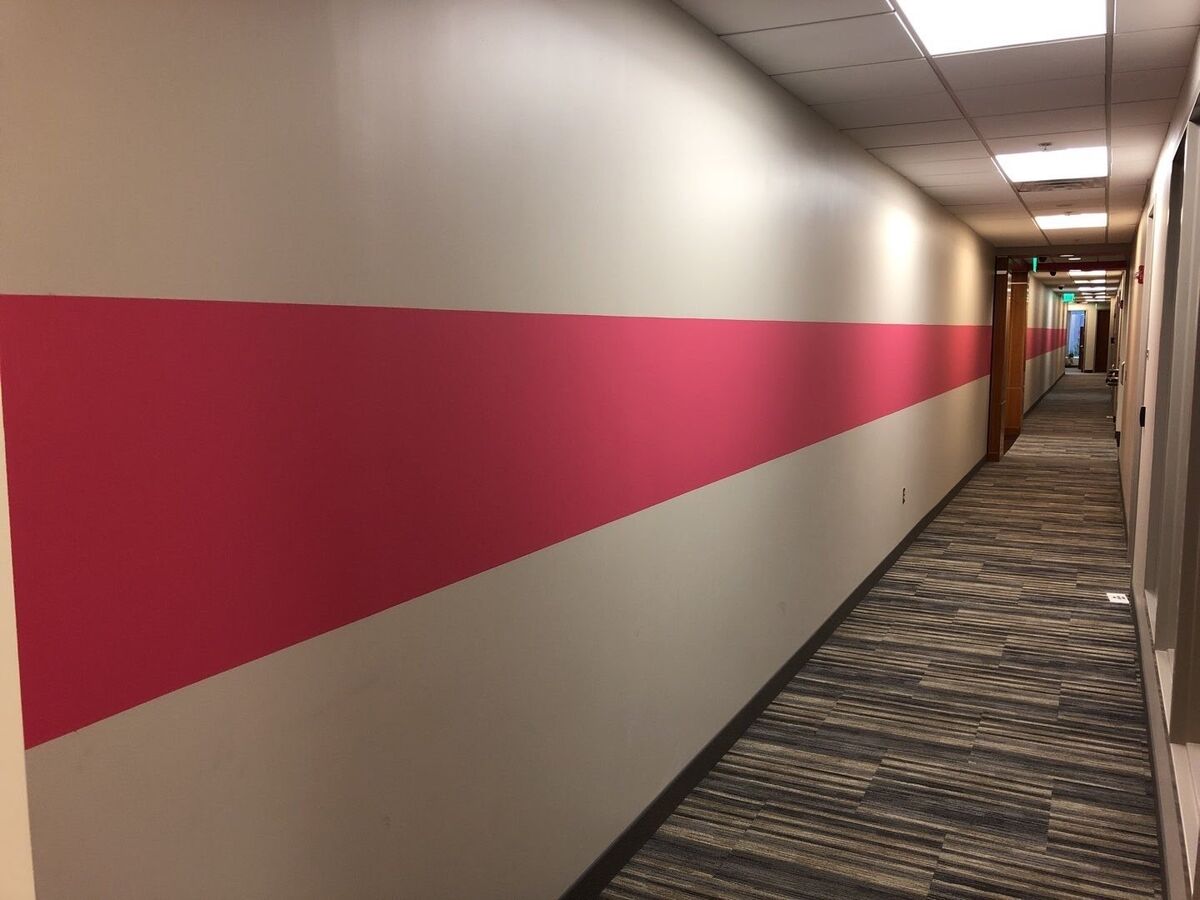What You Can Do to Properly Prepare for Your Commercial Interior Paint Job

Your business’ interior says a lot about you. If you let your walls, floors, and ceilings deteriorate, you’re sending a negative message to your customers and employees. Additionally, a worn down interior paint job can lead to serious problems that require expensive repairs. To avoid these less than desirable outcomes, you must invest in periodic commercial interior painting (usually about every 2-3 years). However, to achieve the best-looking, longest-lasting paint job, you must first take care of proper preparations. Here’s what you can do to properly prepare your space for your next commercial interior paint job.
How to Prepare for a Commercial Paint Job
Establish Your Vision Ahead of Time
It’s important to iron out the details of your project before anything else. After all, you need to know which rooms/surfaces will be painted, how much paint is required for the job, which color(s) you wish to implement, and so on. Indeed, if you’re refreshing your brand, you’ll want to select brand new colors that match your new aesthetic. The stronger your vision from the outset, the more streamlined the entire process will be.
Strategically Schedule Your Project
One of the hardest aspects of commercial paint projects is simply finding the right time to get it done. If you operate a tight ship or seldom shut down your operations, even a simple paint job can become a burden. Depending on your specific situation, you might need commercial painters to work late at night or early in the morning, during holidays and weekends, or during a specific scheduled downtime. Whatever the case, make sure the painters you hire can accommodate your operational requirements to minimize interference with workers and customers.
Prepare the Room for Painting
The rooms you plan on painting must also be prepared for interior painting, of course. Generally speaking, each space should receive the same treatment -- furniture must be removed from the premises, fixed features that won’t be painted should be completely covered, floors should be protected by drop cloths, edges of paintable surfaces should be taped, etc. On top of all this, make sure your interior space is properly ventilated and held to optimal climate conditions (i.e., 70 degrees Fahrenheit and about 40-50% humidity).
Prime Surfaces Before Painting
If you’re painting a brand new bare surface or a previously painted surface that features chipping, peeling paint, you’ll want to clean, sand, and prime it before painting. Priming may not be necessary if the previous coat of paint is still in good condition. That said, applying a coat of primer to a surface before painting helps facilitate coverage and ensure its longevity, regardless of the surface’s past condition.
Have Signage Ready
After the paint job is complete, you’ll want to notify all employees, guests, and customers that painting recently occurred (especially if paint is still drying or curing). Touching wet paint can mess up an otherwise perfect paint job and create the need for an immediate touch-up. Moreover, the fumes left behind from certain types of paint might bother some individuals and pose a health risk, so transparency is vital. If you recently applied commercial floor paint, you might want to cordon off the area until the coatings have completely cured and dried, which may take more than a week, depending on the material.
Getting Ready for a Fresh Start
Commercial interior painting is meant to enhance your business and protect your property. Proper preparation will help ensure that your business receives all the benefits of this task and steers clear of the potential pitfalls. At Anderson Painting, we’re committed to providing our customers with the most durable and aesthetically pleasing paint jobs possible, and it all begins with our thorough preparation protocols. To learn more about us and all we do, call today at 919-610-1855 or email us at info@andersonpaintingnc.com!




